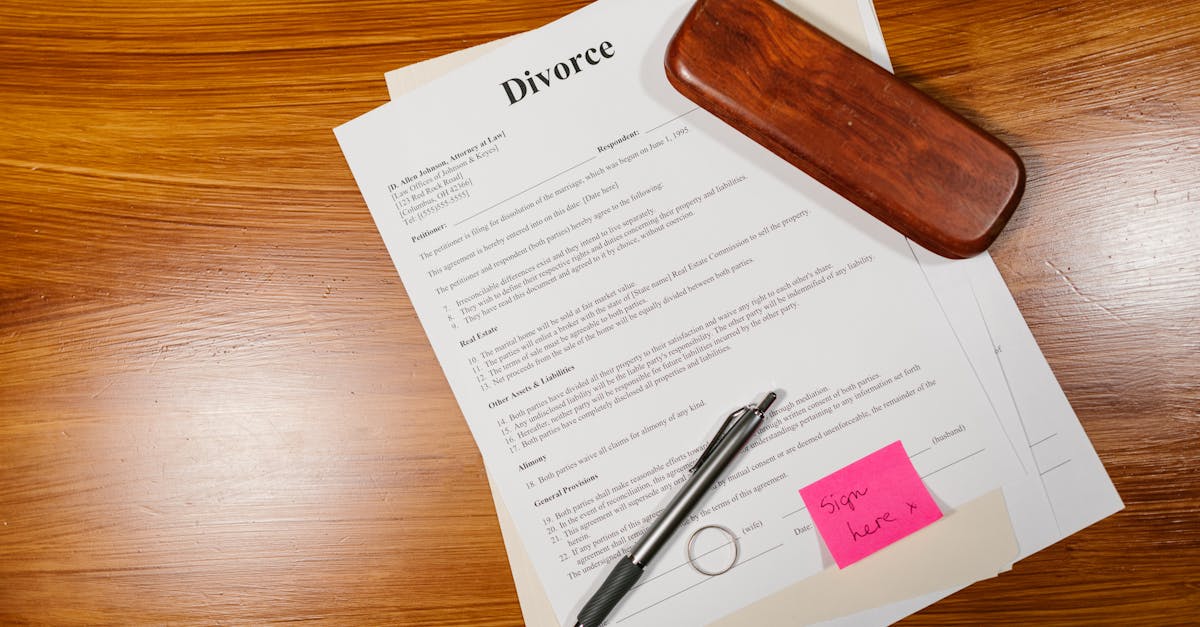Navigating the world of administrative hearings can be a daunting process. When you’ve reached the stage where your hearing was held and the administrative law judge (ALJ) is preparing a decision, it’s crucial to understand the next steps and what this means for you. This article will break down the process, outline what you can expect, and provide answers to common questions regarding this phase.
| Step | Description |
|---|---|
| 1 | Review of Evidence |
| 2 | Drafting the Decision |
| 3 | Internal Review |
| 4 | Finalizing the Decision |
| 5 | Issuing the Decision |
Review of Evidence
Once your hearing concludes, the ALJ will meticulously review all evidence presented during the hearing. This includes testimonies, documents, and any exhibits submitted by both parties. The purpose of this review is to ensure that the ALJ fully understands the context and nuances of the case before making a decision. This stage is crucial as it lays the groundwork for an informed and fair ruling.

Drafting the Decision
After the evidence has been reviewed, the ALJ will begin drafting the decision. This document will outline the facts of the case, the applicable laws, and the reasoning behind the decision. The ALJ will also consider any legal precedents that may impact the ruling. This process can take time, as the judge wants to ensure that every detail is accurate and comprehensive.

Internal Review
Once the initial draft is complete, it will undergo an internal review process. This involves other legal staff or supervisors who may provide feedback or request modifications to the draft. This step is essential for maintaining the integrity and quality of the decision-making process. The internal review ensures that the decision aligns with legal standards and procedures before it is finalized.

Finalizing the Decision
After addressing any feedback from the internal review, the ALJ will finalize the decision. This step includes proofreading and ensuring that all legal citations and references are accurate. The finalized document is critical as it will serve as the official record of the ALJ’s findings and conclusions. The care taken at this stage is vital, as any errors could lead to appeals or further legal challenges.

Issuing the Decision
The final step is issuing the decision. The ALJ will send the decision to all parties involved, typically by mail. This document will include the ruling, along with explanations and any recommendations. After receiving the decision, you will have a specified period to respond or appeal if you disagree with the ruling. Understanding this timeline is essential for protecting your rights and interests.

FAQ
What should I do if I disagree with the ALJ’s decision?
If you disagree with the ALJ’s decision, you have the right to appeal. The appeals process varies depending on the specific case and jurisdiction, so it’s essential to consult legal counsel to understand your options and the necessary steps to take.
How long does it typically take to receive the decision after the hearing?
The timeline for receiving a decision can vary significantly. Generally, it may take several weeks to a few months for the ALJ to prepare and issue a decision, depending on the complexity of the case and the workload of the ALJ.
Can I request a copy of the decision?
Yes, once the decision is issued, you should receive a copy by mail. If you do not receive it, you can request a copy from the agency handling your case.
What happens if the decision is in my favor?
If the decision is in your favor, the ALJ will typically order the appropriate relief or benefits to be provided. It is important to ensure that the decision is implemented correctly by the relevant agency.
What are the common reasons for an ALJ’s decision to be overturned on appeal?
Common reasons for an ALJ’s decision to be overturned include legal errors, insufficient evidence to support the findings, or procedural issues that may have impacted the fairness of the hearing.
For more information on administrative hearings and ALJ processes, you can visit the [Social Security Administration](https://www.ssa.gov) and the [U.S. Department of Justice](https://www.justice.gov) websites, which provide comprehensive resources and guidance.
Understanding the process after your hearing can empower you to take the necessary steps to protect your interests. By knowing what to expect and how to respond, you can navigate this challenging phase more effectively.




